Grammar Teaching Resources
Browse printable grammar worksheets, games for kids and more writing activities for primary school. You'll even find free grammar downloads for your lesson plans to help students learn the different parts of speech, understand sentence structure and learn how to create grammatically correct sentences.
This comprehensive collection of teacher resources was created by teachers for Aussie teachers just like you. Explore printables and digital downloads that are aligned with the Australian English curriculum and easily editable to differentiate instruction for students.
Best of all, each resource has undergone a careful review by an expert member of our teacher team to ensure it's ready for your classroom, your lesson plan and your students!
Is this your first year teaching grammar to kids? Or are you just looking for fresh ideas to engage your students on this aspect of writing? Read on for a primer from our teacher team!
7 Things Teachers Need on Hand for Teaching Grammar
So you're teaching grammar this school year? Welcome to the wonderful world of words (and sentences ... and punctuation!).
You may be wondering what you'll need to prepare to ensure you have everything on hand to actually teach students the mechanics of writing, so our teacher team has put together a comprehensive list of classroom supplies that will make it easier!
- Anchor chart paper and markers
- Graphic organizers
- Writing rubrics
- Postcards and other cards for your writing centers
- Envelopes
- Clipboards
- Samples of writing
What Is Grammar in English? A Kid-Friendly Definition
Before you launch into the wonderful world of writing conventions with your class, it can be helpful to define the meaning of grammar in the context of your instruction.
Here's a definition our teacher team likes to use:
Grammar is a set of rules for writing that help us communicate effectively. It helps us to organise words, phrases and sentences in a way that makes sense to others. Without grammar, our sentences would be scrambled and hard to understand!
How to Teach Grammar — Tips From Our Teacher Team
If you're sitting down to map out your grammar lesson plans, and you're not quite sure where to begin, it can be helpful to take a look at how other teachers structure their lessons.
With that in mind, we asked a few teachers on our team to share their process for doing exactly that!
Start With Phrases and Clauses
One teacher on our team uses this order for her grammar lessons:
- Phrases and clauses
- Sentence types
- Punctuation rules
The reason?
Students need to have an understanding of the difference between a phrase and a clause to lay the foundation for creating organized sentences.
Likewise, it's important to know the difference between independent and dependent clauses before you can start teaching the different sentence types.
Finally, teaching sentence types gives students a solid foundation for introducing comma rules.
Start With FANBOYS
Another teacher on our team suggests teaching grammar in this order:
- Teach students about coordinating conjunctions and the FANBOYS acronym.
- Move on to phrases and clauses.
- Next, work on sentence structure.
- Plus Plan
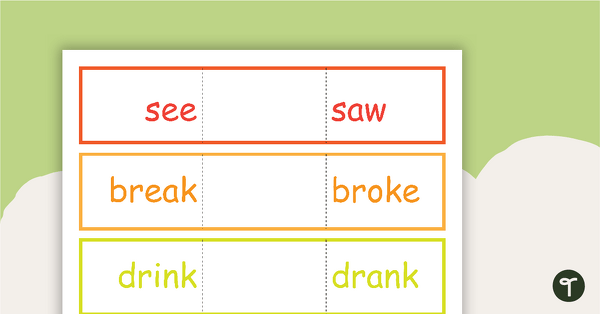
Past Tense Folding Cards
A set of 21 past tense folding cards.
- Plus Plan
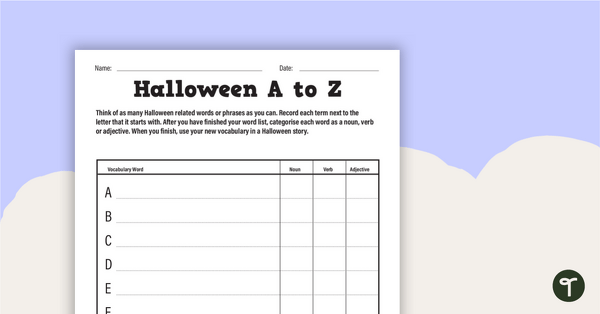
Halloween A to Z - Vocabulary Activity
Improve vocabulary and knowledge of nouns, verbs, and adjectives with a printable Halloween worksheet.
- Plus Plan
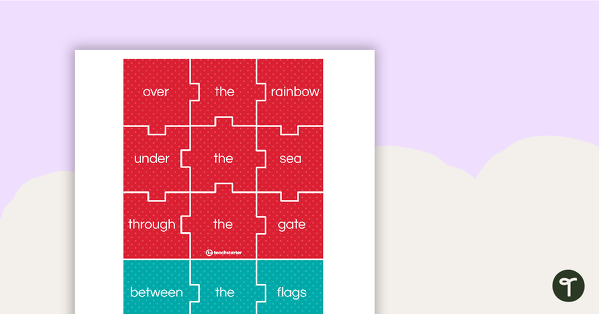
Prepositional Phrase Mini Jigsaw Puzzle
5 mini jigsaw puzzles that require the students to construct prepositional phrases.
- Plus Plan
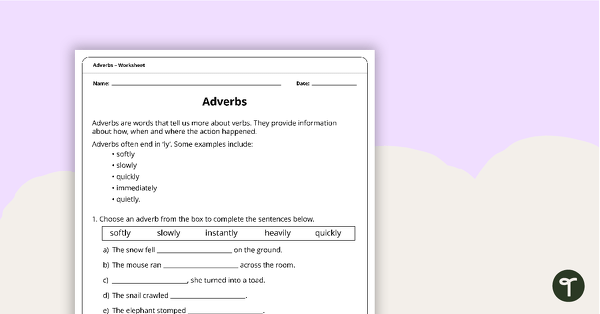
Adverbs Worksheet
A 2 page worksheet that explores the use of adverbs.
- Plus Plan
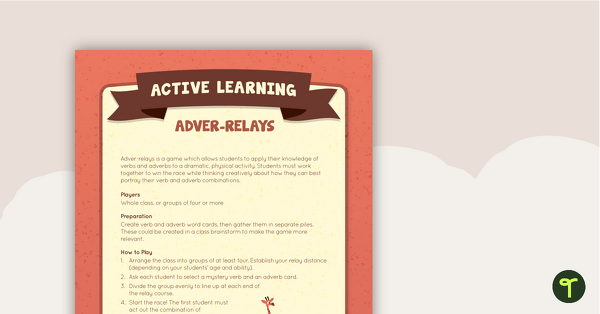
Adver-relays Active Learning Game
A whole class active game that encourages learning through a physical setting.
- Plus Plan
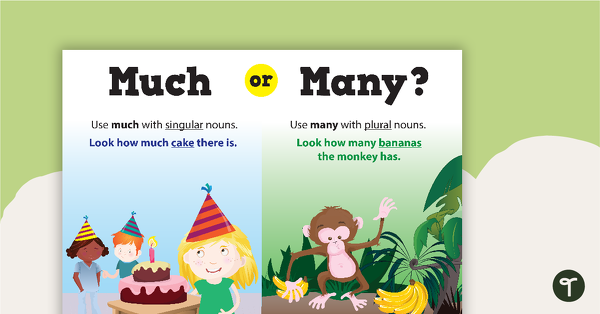
Much or Many Poster
A poster highlighting when to use much or many in a sentence.
- Plus Plan
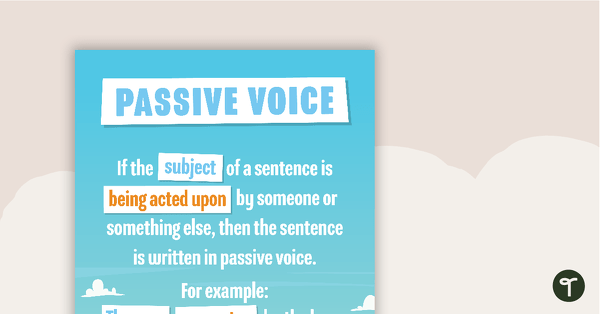
Passive Voice Poster
A beautifully illustrated poster explaining passive voice.
- Plus Plan

Active Voice Poster
A beautifully illustrated poster explaining active voice.
- Plus Plan
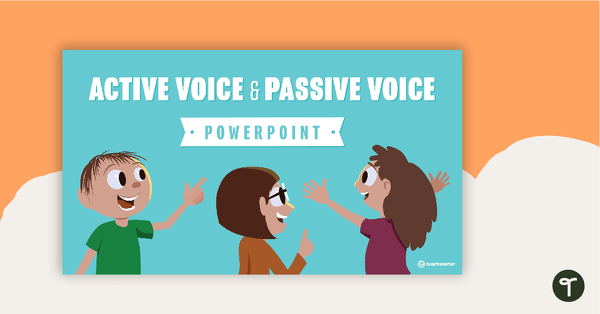
Active Voice and Passive Voice PowerPoint
A 13 slide editable PowerPoint template to use when teaching your students about active voice and passive voice.
- Plus Plan
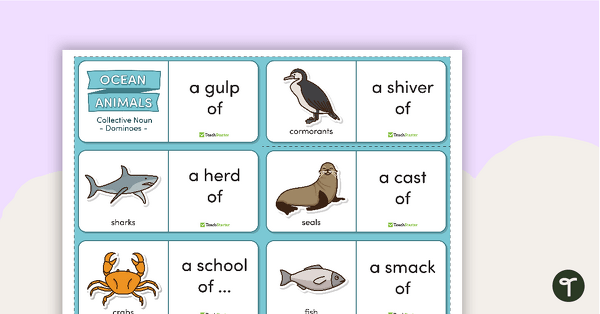
Ocean Themed Collective Noun Dominoes
A set of ocean themed collective noun dominoes.
- Plus Plan
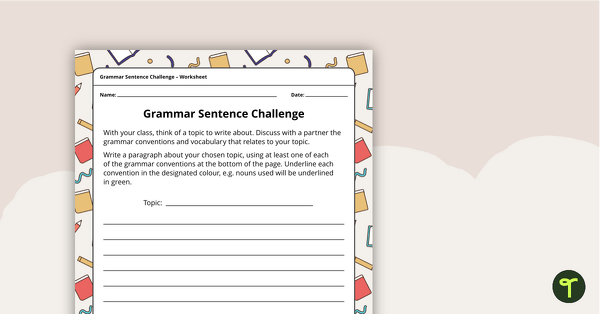
Grammar Sentence Challenge Worksheet
Practise using different parts of speech in a written piece of text with this grammar activity.
- Plus Plan
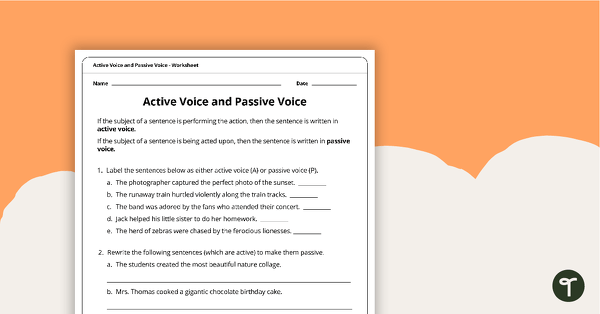
Active Voice and Passive Voice Worksheet
A worksheet for students to use when learning about active voice and passive voice.
- Plus Plan
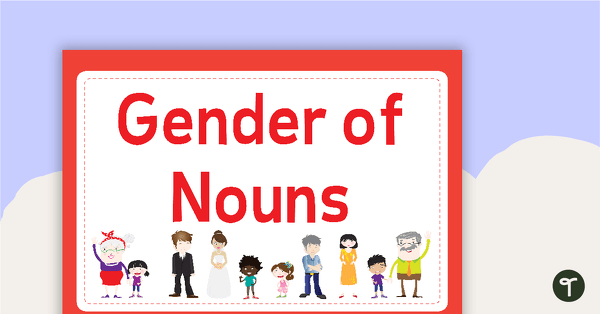
Gender Nouns Posters
A set of educational posters showing common gender nouns in the English language.
- Plus Plan
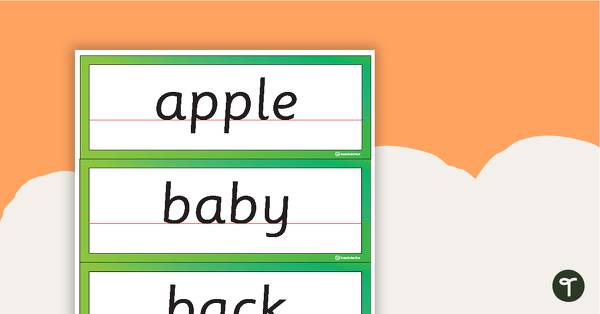
Sight Word Cards - Dolch Nouns
Dolch Nouns sight words on flash cards.
- Plus Plan
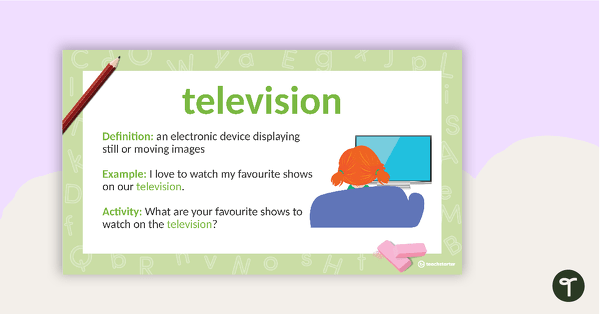
Word of the Week PowerPoint - Year 2
A 40 slide PowerPoint Template for introducing new vocabulary to year 2 students.
- Plus Plan
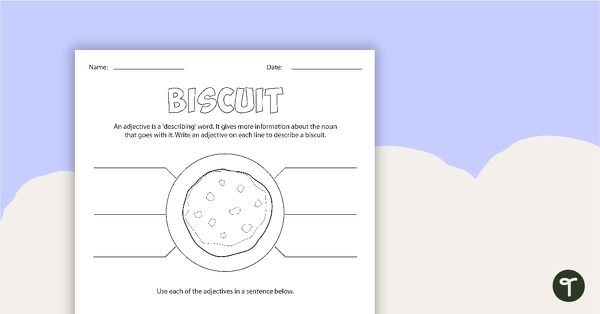
Food Pyramid Adjectives Worksheet
A set of 32 food pyramid themed adjective teaching resource worksheets.
- Plus Plan
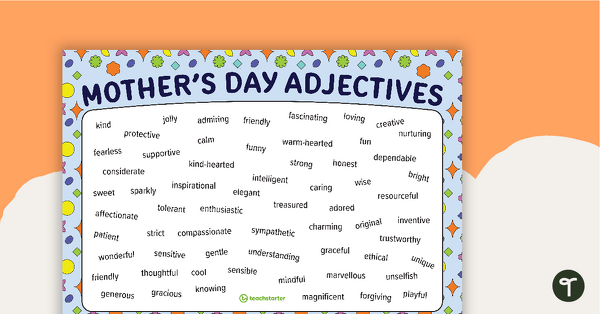
What's the Word? Mother's Day Descriptive Words
Describe the amazing mums in your students' lives with the help of a printable list of Mother's Day words.
- Plus Plan
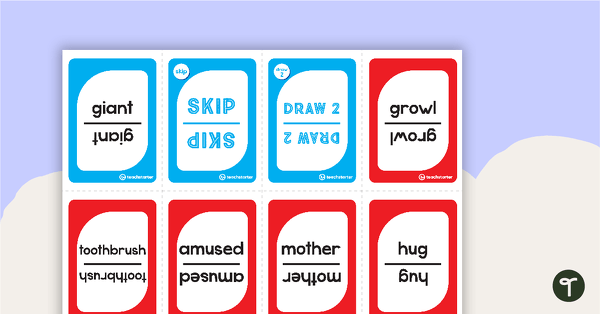
Parts of Speech Card Game – Upper Years Classroom Game – Set 3
A card game for nouns, verbs and adjectives.
- Plus Plan
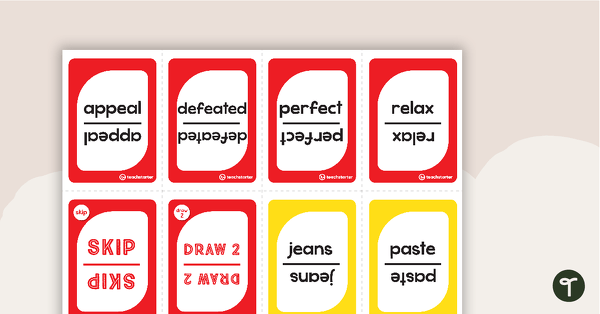
Parts of Speech Card Game – Upper Years Classroom Game – Set 2
A card game for nouns, verbs and adjectives.
- Plus Plan
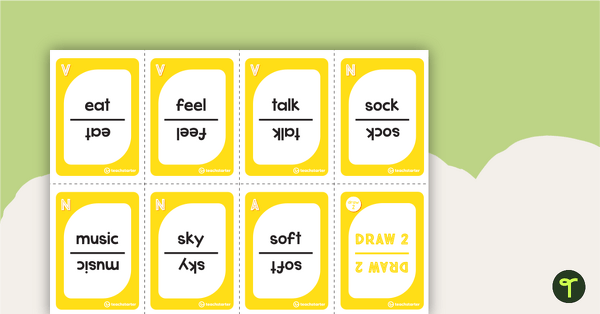
Parts of Speech Card Game – Lower Years Classroom Game
A card game for nouns, verbs and adjectives.
- Plus Plan
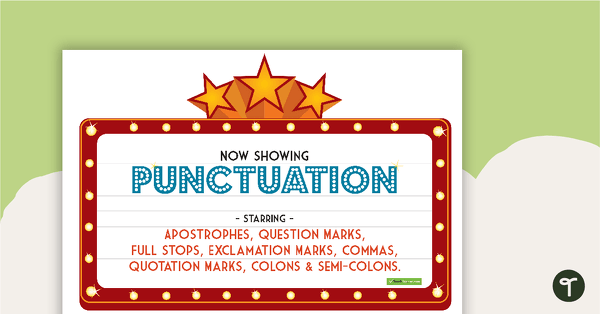
Punctuation Movie Show Reel
Punctuation displayed on a movie show reel.
- Plus Plan
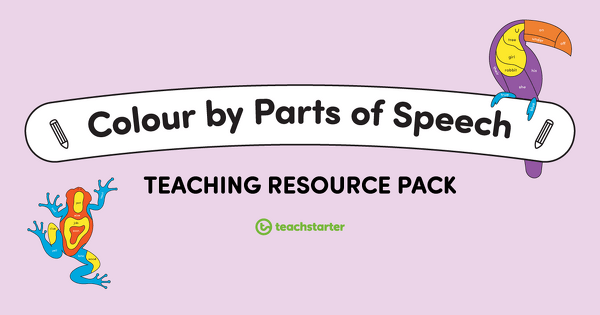
Colour by Parts of Speech Teaching Resource Pack
A collection of colouring worksheets that use parts of speech as indicators.
- Plus Plan
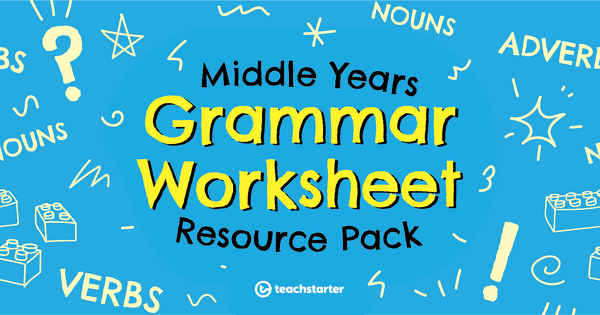
Middle Years Grammar Worksheet Teaching Resource Pack
A set of 6 grammar worksheets created for middle years.
- Plus Plan
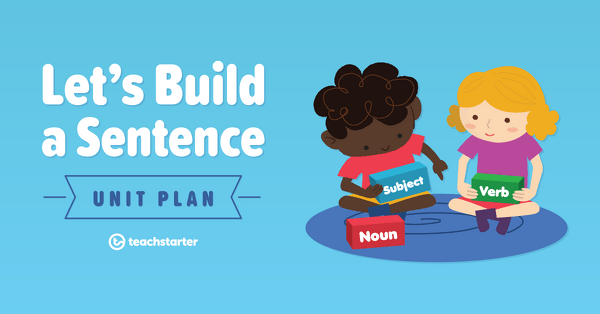
Let's Build a Sentence Unit Plan
This English unit has been designed to introduce the key components of simple and compound sentences to younger students; specifically, capital letters and punctuation; verbs, nouns, adjectives and conjunctions.
- Plus Plan
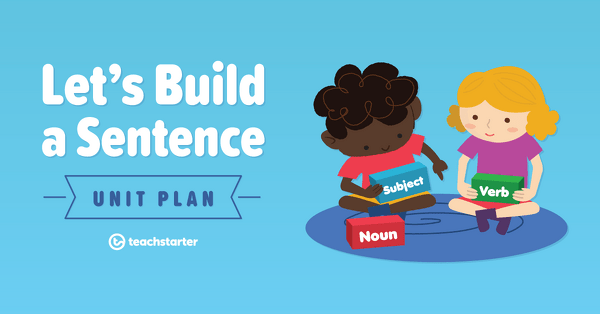
Building Compound Sentences
A 60 minute lesson in which students will identify that a compound sentence is made up of two or more main clauses joined together by a conjunction.
- Plus Plan
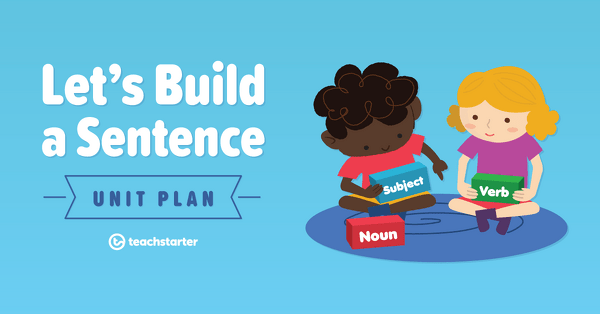
Using Adjectives to Describe a Character
A 60 minute lesson in which students will use adjectives to describe the personality and appearance of characters.
- Plus Plan
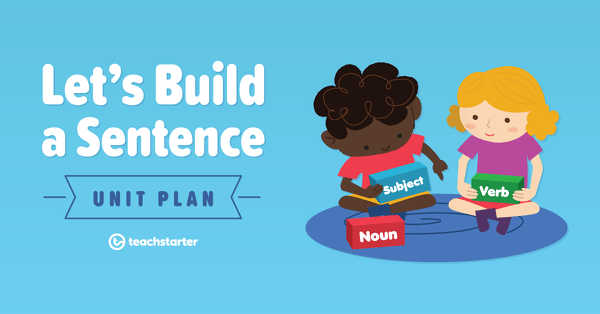
Capital Letters and Punctuation
A 60 minute lesson in which students will identify that capital letters and different types of punctuation are used to build sentences.
- Plus Plan
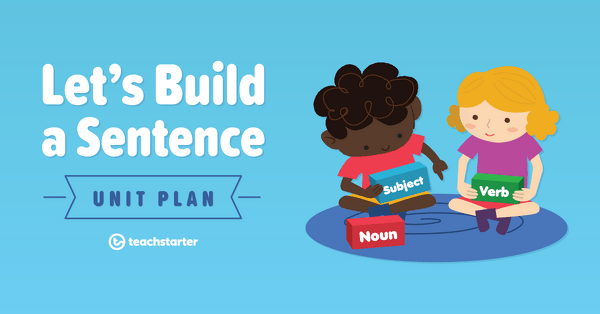
Using Adjectives
A 60 minute lesson in which students will identify that an adjective provides information about a noun and is often called a describing word.
- Plus Plan
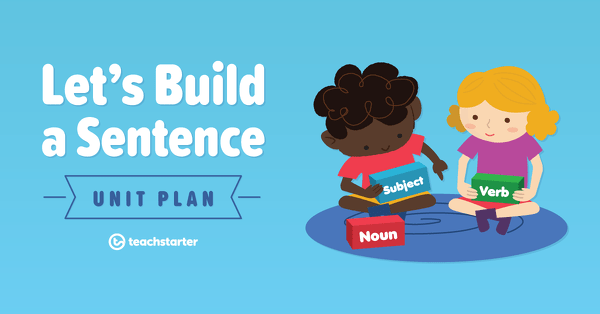
Capital Letters and Punctuation - Fix It!
A 60 minute lesson in which students will identify that capital letters and punctuation are used to build sentences.
- Plus Plan
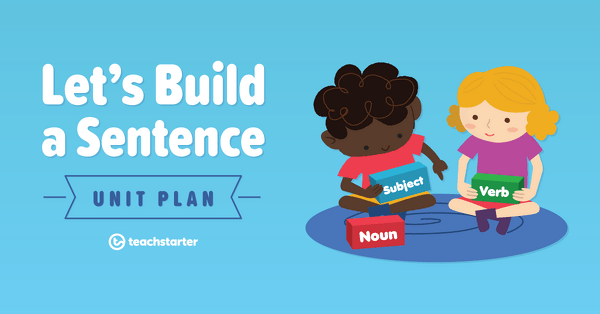
Common and Proper Nouns
A 60 minute lesson in which students will identify that a noun is a naming word used for a person, place or object.
- Plus Plan
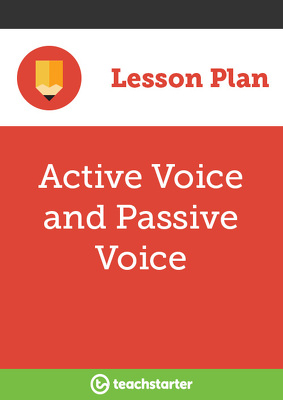
Active Voice and Passive Voice
A 60 minute lesson in which students will identify and use active voice and passive voice in sentences.
- Plus Plan
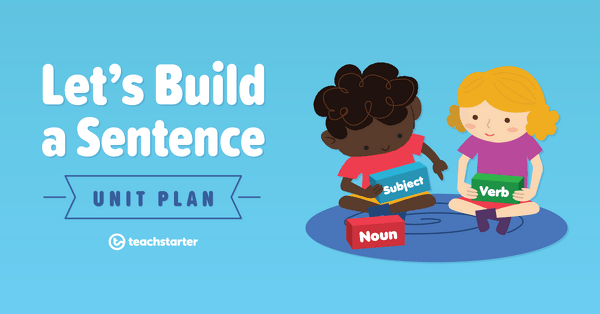
Let's Build a Sentence
A 60 minute lesson in which students will write simple and compound sentences.